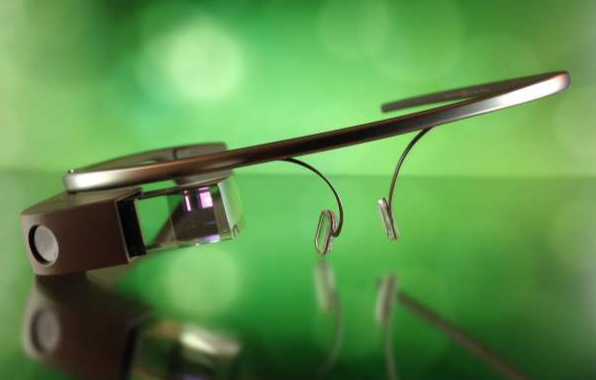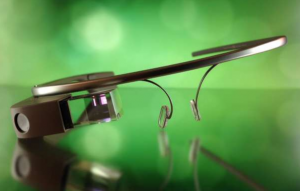
Google researching to read your brain activity

Google is developing a device to read your brain, using Google Glass, a team of researchers are after a smart portable system that will use functional near-infrared spectroscopy (fNIRS) to measure a person’s brain activity on the go. The application for FNIRS, are infinite – from training air traffic controllers and drone operators to learning how students with disabilities can learn best or why different people are more receptive to certain commercials.
“The new trend called neuro-ergonomics” a term coined by late Raja Parasuraman, a former professor at George Mason University and co-author of the study. “ Neuroergonomics, is a research of the brain at work cognitive neuroscience plus human factors,” according to Hasan Ayaz, an associate research professor at Drexel University.
A group of Drexel biomedical engineers in collaboration with researchers at George Mason University have now brought their portable fNIRS system “into the wild”. Their study published in the journal Frontiers in Human Neuroscience, the researchers successfully measured the brain activity of participants navigating a college campus outdoors with Google Glass and another group using Google Maps on an iPhone. The users of Google Glass had a higher situation awareness and lower mental workload than their peers navigating with an iPhone.
Google Glass team fell victim to “cognitive tunnelling”, as they focused more of their attention to the display itself, that they simply ignored other aspects of their surroundings.
“The result of all these studies we will be able to analyse how the brain is functioning during all of these natural activities that you cannot replicate in the artificial lab setting and this is the best way to measure oxygenation behaviours like decision-making, cognitive expression and personality development. While navigating Google Glass users experienced some cognitive tunnelling and suggest that future studies could identify other brain biomarkers induced by this blindness”
